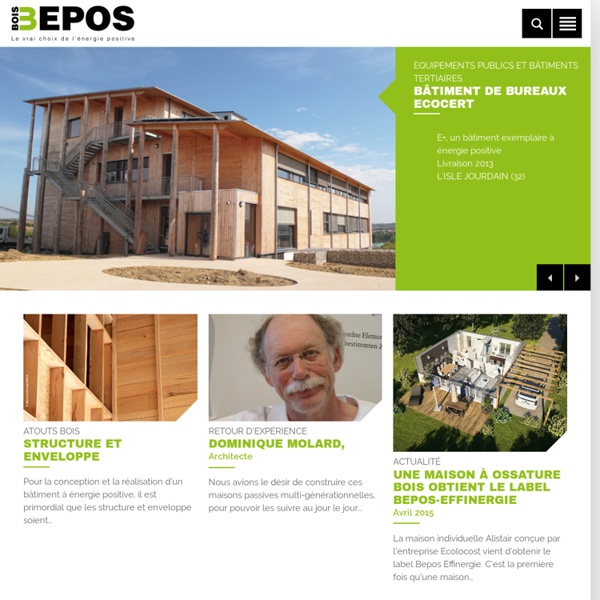



House_n The PlaceLab The mission of House_n is to conduct research by designing and building real living environments - "living labs" - that are used to study technology and design strategies in context. The PlaceLab is a joint MIT and TIAX, LLC initiative. It is a residential condominium in Cambridge, Massachusetts, designed to be a highly flexible and multi-disciplinary observational research facility for the scientific study of people and their interaction patterns with new technologies and home environments. Hundreds of sensing components are installed in nearly every part of the home, which is a one-bedroom condominium. These sensors are being used to develop innovative user interface applications that help people easily control their environment, save resources, remain mentally and physically active, and stay healthy. The home is being occupied by volunteer subjects who agree to live in the home for varying lengths of time. Please also see our PDF document describing the PlaceLab. Acknowledgements:
accueil maison passive La maison passive est une habitation qui sait optimiser les apports énergétiques solaires par le seul biais de ses composants ( fenêtres, murs. ) pour ensuite en bénéficier et tempérer les espaces intérieurs. Elle répond aux normes d'un label, le label Habitat passif, délivré par l'Institut für Passivhaus . Celui-ci a pour exigence essentielle une consommation d'énergie de chauffage pour le bâtiment inférieure à 15 kWh/m² par an. Ceci équivaut à environ la consommation de 1,5 litres de mazout, que l'on peut comparer aux 6 litres d'une constru ction récente bâtie selon les normes en vigueur. La mise en ouvre de ce label fait appel à une diversité de technologies, de projets et de matériaux. Une maison passive réduit d'environ quatre-vingt pour cent les dépenses d'énergie de chauffage par rapport à une maison neuve construite selon les normes allemandes d'isolation thermique de 1995, normes déjà très exigeantes.
Habiter-Autrement Développement durable